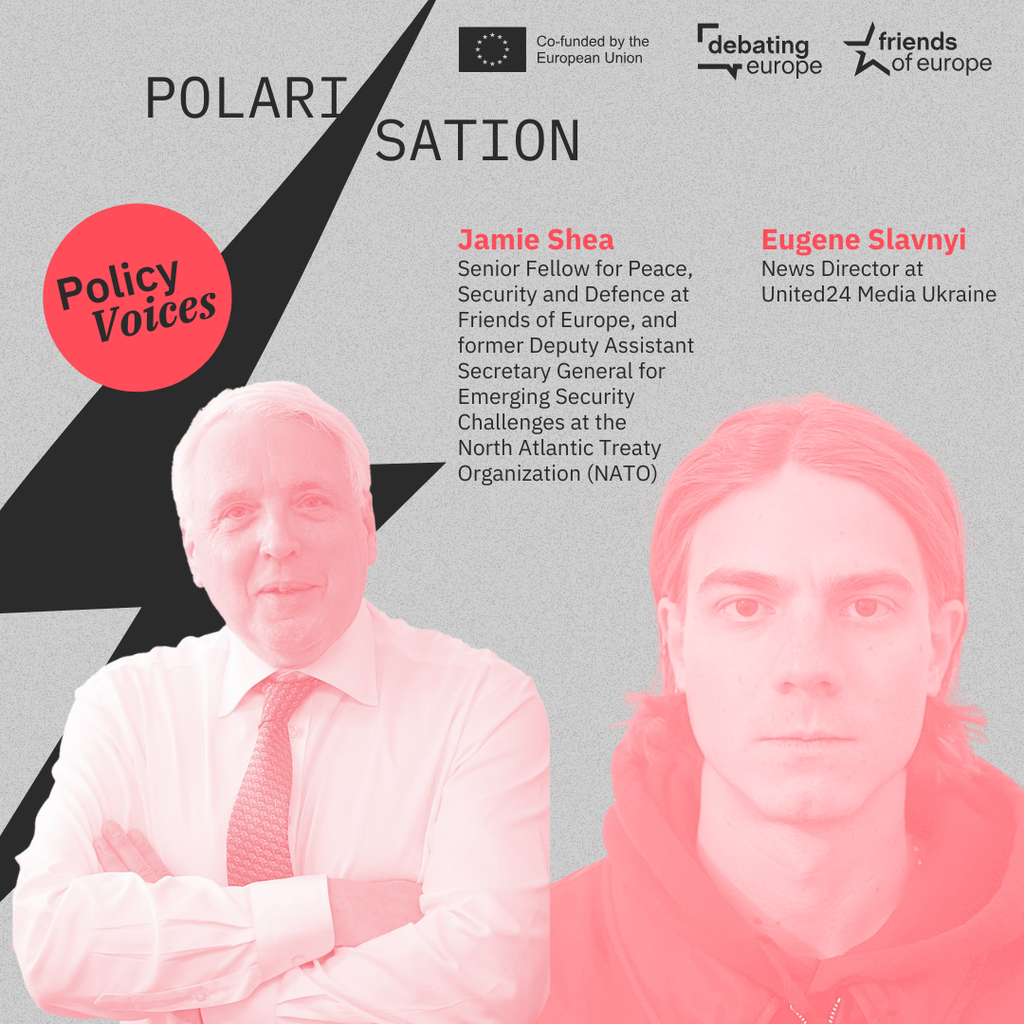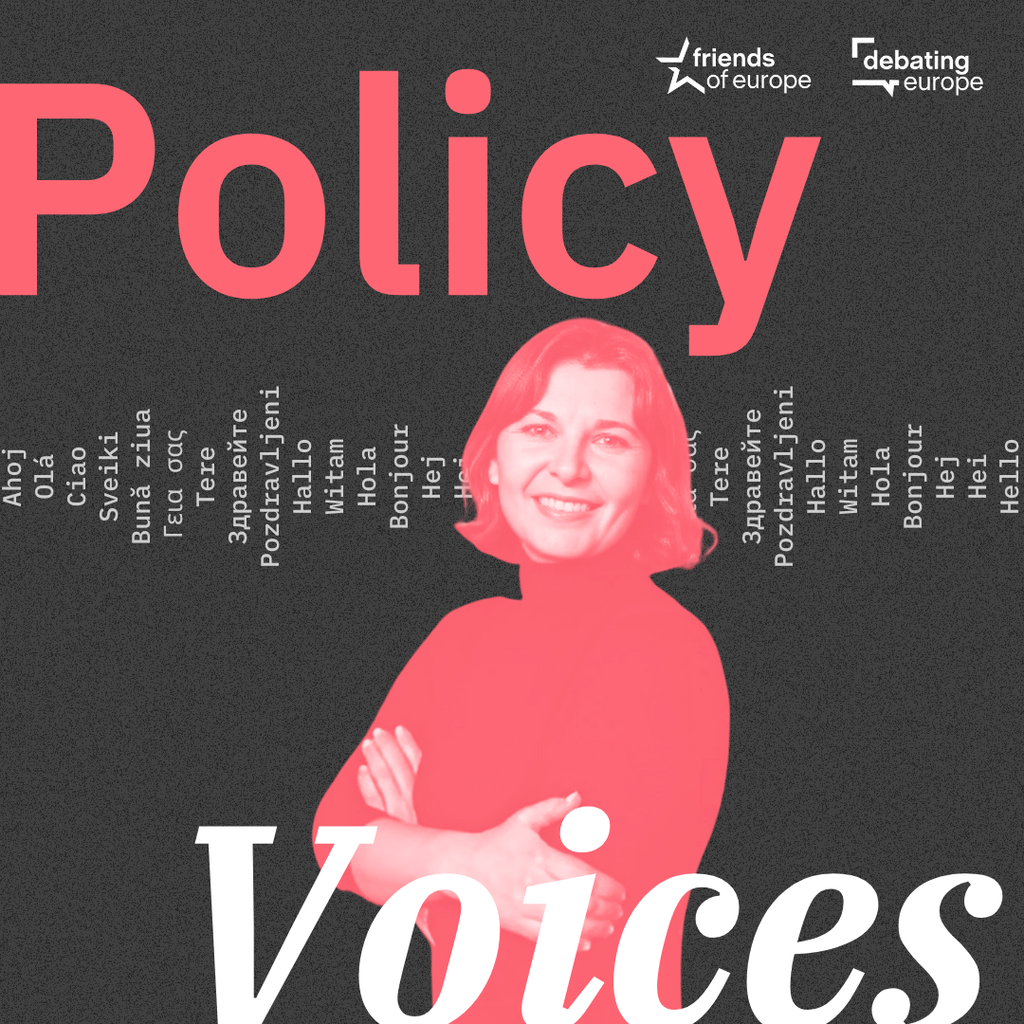From ambition to action: building Europe’s Defence Union
Past event In person

- Area of Expertise
- Peace, Security & Defence

Former Ambassador, Permanent Representation of the United States to the European Union
Anthony Luzzatto Gardner served as US Ambassador to the European Union 2014-2017
On 25 July, US President Donald Trump and European Commission President Jean-Claude Juncker met in the White House to discuss trading relationship between the two parties. In the subsequent press conference, President Trump used his usual superlative language: “We had a big day. Very big.” Much of the press reaction trumpeted a new era in US-EU relations and repeated Trump’s claims of a major step forward for US commercial interests. It might remind you of the song in the hit musical Chicago: “Give ‘em the old razzle dazzle, Razzle dazzle them, Give ‘em an act with lots of flash in it, and the reaction will be passionate.”
The meeting did represent a major victory for the European Commission in that it succeeded in putting on hold the threatened tariffs on car imports; in reviewing the already implemented US tariffs on steel and aluminium alongside the EU retaliatory tariffs; and obliging the US not to go against the spirit of their agreement – by imposing unilateral tariffs – unless either party terminates it. The Commission had violated the principle that it would not negotiate with a gun to its head but it did prevent economic damage to the European and world economies from a senseless trade war.
But what exactly did the US achieve? The President stated, “the EU is going to start, almost immediately, to buy a lot of soybeans”. Perhaps no one had informed the President that the EU is not a Soviet-era Commissariat that can undertake large-scale purchases of commodities. The private market does that, of course. On 1 August, a mere five days after the White House meeting, the European Commission published figures showing an increase of 283% in imports of soybeans from the US over the past year. This had nothing to do with the Juncker-Trump meeting. The EU couldn’t promise more purchases because it was already happening.
The parties announced that they would launch a “close” dialogue on standards in order to ease trade and reduce bureaucratic obstacles
The President trumpeted that the EU “wants to import more liquefied natural gas…and they’re going to be a very, very big buyer”. President Juncker added to this theme by stating that the EU would construct more facilities across Europe in order to import US gas. The only problem is that very little of US liquefied natural gas (LNG) exports land in Europe – they go largely to Asia where prices are higher. In nearly every EU member state, LNG imported by ship is simply not price competitive with gas piped into Europe. Three quarters of Europe’s LNG import facilities lie empty, so it is hard to see how more capacity will help. Once again, it will be private parties – not the EU – that will be making these decisions.
On top of these, the communique issued by the parties was somewhat surreal: they have agreed to work together at the World Trade Organization to attack third parties’ unfair trade practices. That is very welcome, but it is entirely inconsistent with what the Trump administration has done to date to undermine the WTO from the inside, including the blocking of nominations of appellate judges and advocating for completely unfettered discretion to invoke national security.
The US and the EU agreed to work towards zero non-tariff barriers (NTBs) and non-auto subsidies. That is simply laughable. Perhaps no one has informed the President that the US has a significant number of non-tariff barriers in place – at federal and sub-federal levels – and there is zero appetite in the White House or in Congress to remove most of them. The list is long, but would include the Buy America/Buy American restrictions on government procurement and the Jones Act restrictions on maritime commerce. NTBs were the main focus of the Transatlantic Trade and Investment Partnership Agreement (TTIP) as their elimination or reduction were estimated to provide 75% of the deal’s total benefit. However, little progress was made, principally in some areas related to auto safety and pharmaceuticals.
What exactly did the US achieve?
The parties announced that they would launch a “close” dialogue on standards in order to ease trade and reduce bureaucratic obstacles. That is all well and good, but the US and the EU have been engaged in such a dialogue for decades, with relatively little to show for it. This is an extremely complex and controversial area. In TTIP almost no progress was made on it.
The EU and US announced that they would work toward eliminating industrial tariffs. That is also welcome, but it was already agreed in TTIP in which 97% of all tariff lines – essentially all except for the ones related to agriculture – would be eliminated. Moreover, it is highly doubtful whether the parties would decide to eliminate industrial tariffs without a much broader deal. It is hard to see such an agreement taking place.
The President spoke about a “new phase” in US-EU relationship, “a phase of close friendship”. Presumably, that means closer than when the President called the EU “a foe”; slapped import tariffs on EU exports in peacetime as they allegedly pose a national security risk; characterised the EU as a vehicle of Germany’s power that was established merely to beat the US in trade; and called for other countries to follow the United Kingdom out the door. And perhaps it is a newer phase than the one in which he has insulted Chancellor Merkel; humiliated Prime Minister May by criticising her handling of Brexit and endorsing a rival; and repeatedly denigrated the WTO. Give ‘em the old razzle dazzle…
Past event In person

Next event

Past event Online

Past event Online





Stay informed
We use cookies and similar technologies to adjust your preferences, analyze traffic and measure the effectiveness of our campaigns. Learn more about our privacy policy.